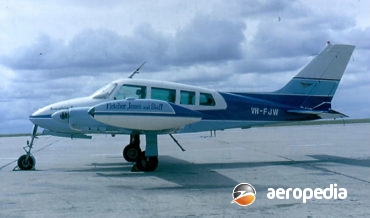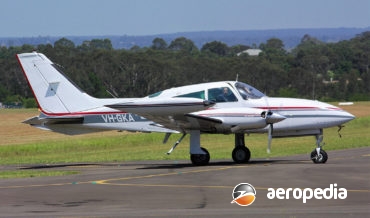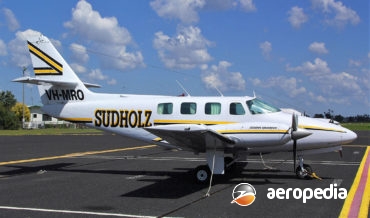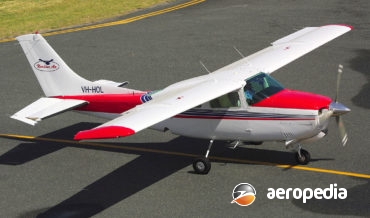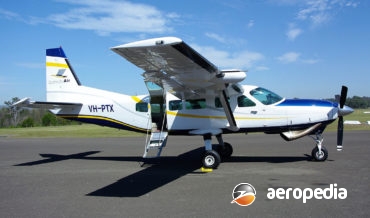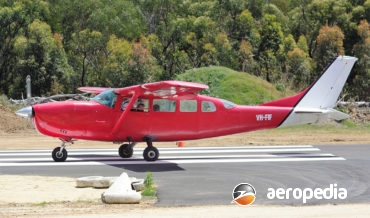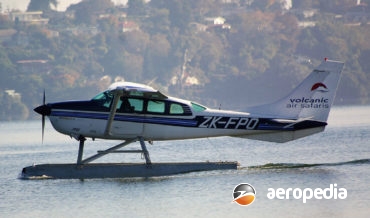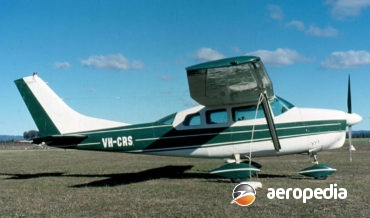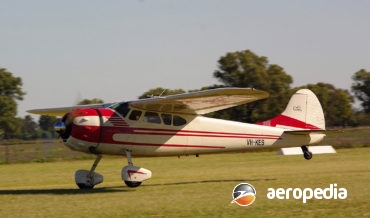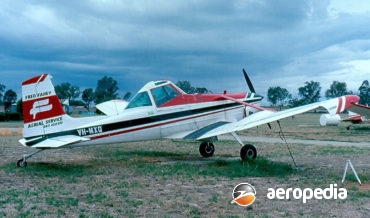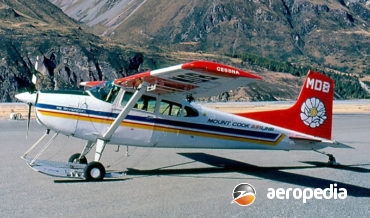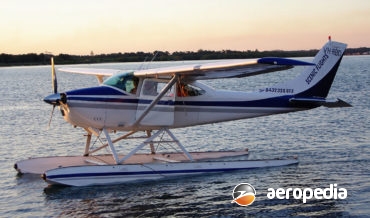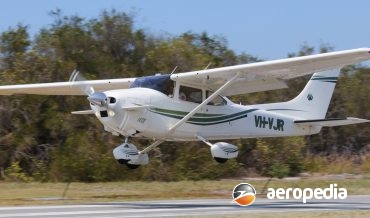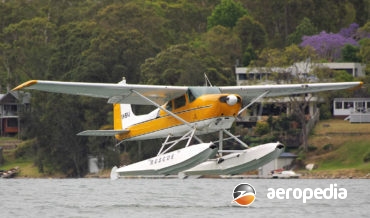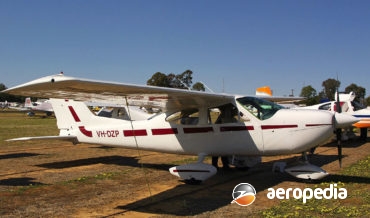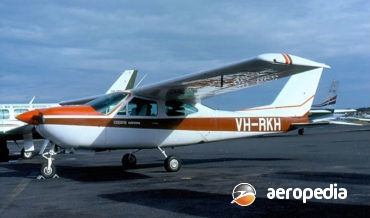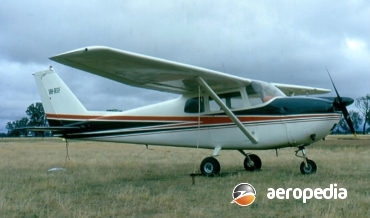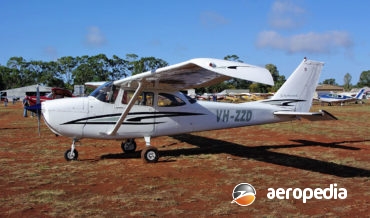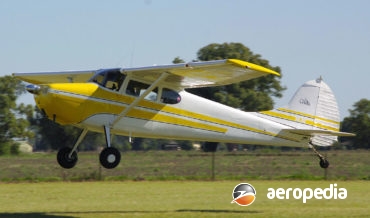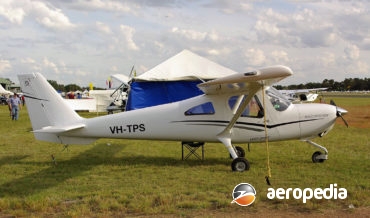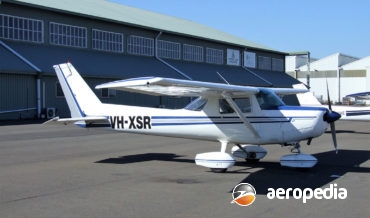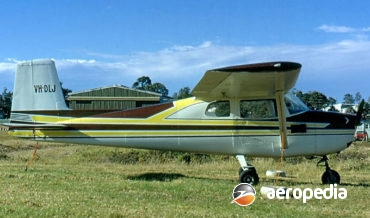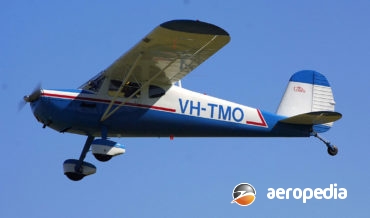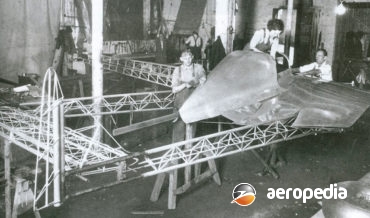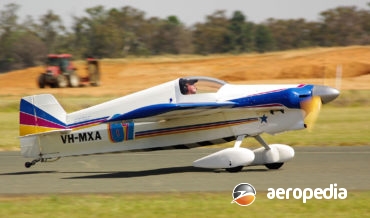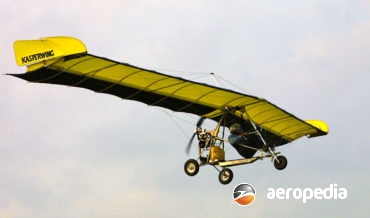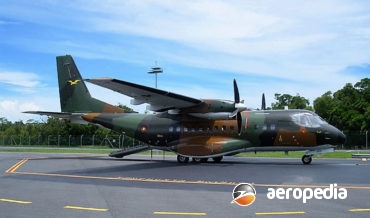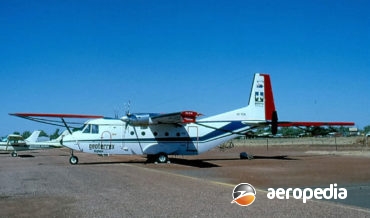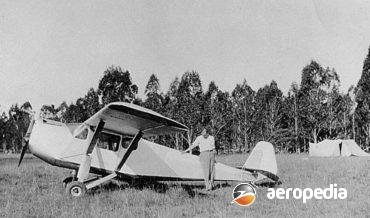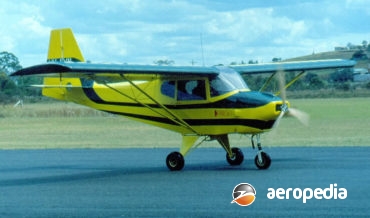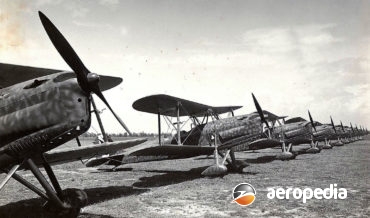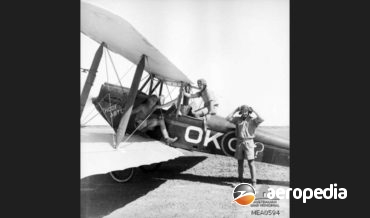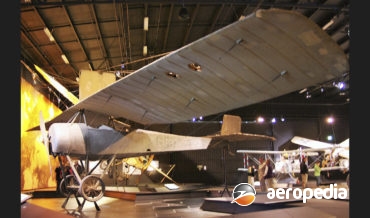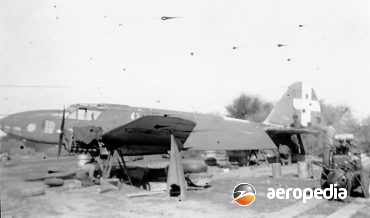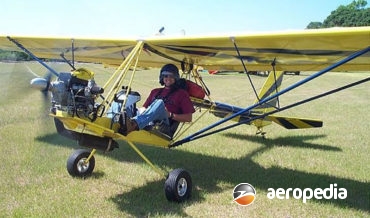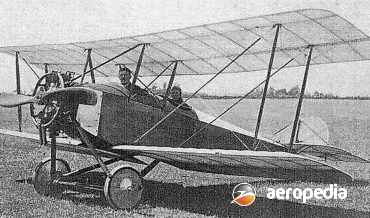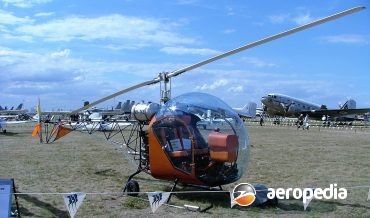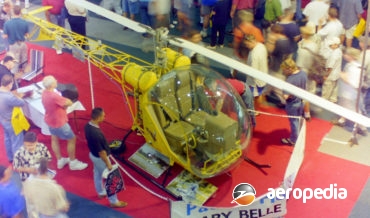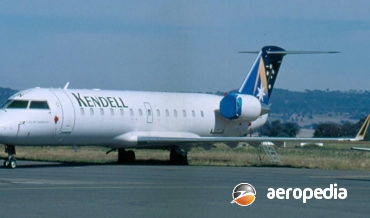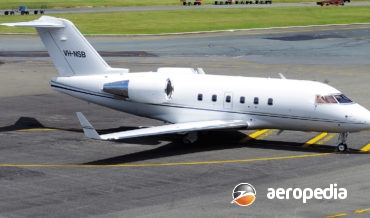All Contents
Contents
Produced from 1962 to 1968, with a total of 579 aircraft being completed, the Model 320 Skynight was an all-metal, five-seat, executive,
David C. Eyre
- May 17, 2019
Production deliveries of the Cessna 310 series of light, twin-engine, executive aircraft commenced in 1954 from the Cessna Aircraft co plant at Wichita, Kansas,
David C. Eyre
- May 17, 2019
On 14 February 1978 Cessna flew a new light-weight twin-engined series of aircraft knownas the Model 303.
David C. Eyre
- May 17, 2019
The Model 210 was introduced to the Cessna range in 1959 as an intermediate model between the 182 and the twin-engine 310
David C. Eyre
- May 17, 2019
The Cessna Caravan I was a completely new utility transport designed by the Cessna Company, and was the largest single-engine aircraft in the company’s line.
David C. Eyre
- May 17, 2019
Basically the Cessna 207 was a lengthened development of the Cessna 206 designed to improve load-carrying capability whilst retaining the operating economics of that aircraft.
David C. Eyre
- May 17, 2019
The Cessna 205 was a derivative of the Model 210 fitted with a fixed undercarriage and increased passengercapacity.
David C. Eyre
- May 17, 2019
The Model 205 was introduced into the Cessna range in August 1962 as a utility transport to suit operators which required a larger aircraft than the Model 185 Skywagon.
David C. Eyre
- May 17, 2019
The Cessna 190 and 195 series of aircraft was a large, very comfortable, five-seat cantilever, high-wing monoplane produced by the Cessna Aircraft Company in the USA between 1947
David C. Eyre
- May 17, 2019
Design of the Cessna 188 series of agricultural aircraft began following a world market research and engineering survey of agricultural operators around the world by Cessna.
David C. Eyre
- May 17, 2019
Intended to meet the requirements of ‘bush’ fliers around the world, the Cessna 185 was designed a s a rugged utility aircraft.
David C. Eyre
- May 17, 2019
The Model 182, which was introduced into the Cessna range in 1956, initially used the same airframe and engine as the Model 180, but it had four seats for executive use rather than for the utility role, and was fitted with a tricycle undercarriage.
David C. Eyre
- May 17, 2019
The Cessna 182 Katmai Super STOL is a development of the Wren 460 (which see) which itself was developed in the 1960s and was a conversion of the basic Cessna 182 series to achieve outstanding short field performance.
David C. Eyre
- May 17, 2019
The Cessna 180 series of aircraft commenced production in February 1953 and continued until, like other single-engine Cessna models, it ceased in 1981 after some 6,193 examples had been built.
David C. Eyre
- May 17, 2019
The Cessna 177 series of aircraft, which was first placed in production in 1967, was originally released in two main models, the 177 and the Cardinal.
David C. Eyre
- May 17, 2019
The Cessna 177 Cardinal RG was introduced into the Cessna range in 1970 and is basically a variant of the 177 series with a hydraulically retractable tricycle undercarriage.
David C. Eyre
- May 17, 2019
The Cessna 175 series was introduced to the Cessna range in 1958. The Skylark was a deluxe version of the basic 175, in a similar way to the Skyhawk being a deluxe development of the 172.
David C. Eyre
- May 17, 2019
Derived from the Model 170, the 172 differed initially mainly in that it had a tricycle undercarriage.
David C. Eyre
- May 17, 2019
The Model 170 was introduced into the Cessna range in 1948 as a development of the earlier two-seat light cabin monoplanes, the Models 120 and 140, and to meet a requirement among operators in the United States for four seats.
David C. Eyre
- May 17, 2019
In 2006 Cessna announced it intended to produce a series of new designs using modern technology and, amongst these, was a new training aircraft, seating two, to meet new light sport aircraft regulations introduced into the United States.
David C. Eyre
- May 17, 2019
The 152 was introduced to the Cessna range in 1978 as a redesign of the 150 and was, like its competitors the Beech Skipper and Piper Tomahawk, aimed at the training market as a new design.
David C. Eyre
- May 17, 2019
Designed as a successor to the Cessna Models 120 and 140, production of which concluded in the mid 1950s, the 150 series proved to be one of the most popular civil training aircraft, with about 22,839 examples constructed and delivered between 1959 and 1977.
David C. Eyre
- May 17, 2019
During the years 1946 to 1949 Cessna produced two basically identical two-seat light cabin monoplanes known as the Models 120 and 140.
David C. Eyre
- May 17, 2019
Following the announcement of plans for the 1934 England to Australia sponsored by Sir Macpherson Robertson, an Australian design team comprising L J R Jones, T D J Leech and D Saville set about designing and building an aircraft to enter.
David C. Eyre
- May 17, 2019
In 1954 Tom Cassutt, an airline pilot in the United States, designed and built a small single-seat racing aircraft known as the Cassutt I for his own use, winning the 1958 National Air Racing Championships.
David C. Eyre
- May 17, 2019
The Kasperwing is an American ultralight flying-wing motorglider which was designed by Witold Kasper and Steven Grossruck and was initially built by Cascade Ultralites and was introduced to the market in 1976.
David C. Eyre
- May 17, 2019
The CN-235 was developed jointly by CASA and Industri Pesawat Terbang Nusantara (IPTN) as a civil/military transport, each company building a prototype, there being ceremonies held simultaneously in Spain and Indonesia.
David C. Eyre
- May 17, 2019
The C212 Aviocar was a development of the CASA Aviocar STOL military aircraft designed to replace the Junkers Ju-52 and the Douglas C-47 in Spanish Airforce service.
David C. Eyre
- May 17, 2019
In 1932 Mr Clifford Carpenter, a nephew of Sir Walter Carpenter, a member of the W R Carpenter & Co organisation, assisted by Messrs W Murrell, H Wyatt, C Scott and R A Grey, built a light aircraft over a period of two years in the garage of Borrows
David C. Eyre
- May 17, 2019
Initially designed in the United States by Carlson Aircraft Inc of East Palestine, Ohio, the Sparrow was modified to meet Rule 101.55 by Lake Macquarie Aviation, the type initially to be built for the Australian market at Warners Bay, NSW, and later plans were announced to construct both it and
David C. Eyre
- May 17, 2019
The Ca.164 was designed and developed as a training and touring biplane and was produced in Italy for the Italian Air Force and Italian aero clubs shortly prior to World War II.
David C. Eyre
- May 17, 2019
The Ca 100 was produced in Milan, Italy from 1929 and was a licence-built variant of the DH-60 Moth.
David C. Eyre
- May 17, 2019
Gianni Caproni (1886 – 1957) designed and built his first aeroplane, known as the Ca.1, in 1910 and went on to have a long and distinguished career in aviation, his achievements including designing bombers for the Italian Air Force, his design the Ca.3 being built also in the United States,
David C. Eyre
- May 17, 2019
The Ghibli was a general purpose light reconnaissance bomber of low-wing configuration with a fixed spatted tailwheel undercarriage, a single fin and rudder, and built for the Italian Air force in the mid 1930s.
David C. Eyre
- May 17, 2019
The Javelin was introduced to the ultralight market in 1999 and was intended to appeal to pilots interested in having an open cockpit.
David C. Eyre
- May 17, 2019
This was one of a number of light training aircraft and was described as a fully-aerobatic two-seat conventional tractor biplane built by the Canterbury (NZ) Aviation Company at Sockburn near Christchurch and in many ways was similar in appearance to the Sopwith Tabloid. It made its first flight
David C. Eyre
- May 17, 2019
This series of helicopters was founded in the 1950s and was known as the Helicom, this evolving into the Commuter, and later the Commuter II. Manufacturing rights were then sold to one of the original partners and became Canadian Home Rotors Inc and it was sold for many years
David C. Eyre
- May 17, 2019
The Baby Belle first flew in 1990 and has been developed as a scaled down replica of the well known Bell 47 series of helicopters, being of rugged construction and able to fly all-year round.
David C. Eyre
- May 17, 2019
Produced by the Regional Aircraft Division of Bombardier Inc of Canada, the Regional jet is a development of the Challenger to meet the requirements of regional airlines.
David C. Eyre
- May 17, 2019
One of the newer era of modern technology high-performance long-range executive jets, the prototype of the series, the CL-600 Challenger, was flown for the first time on 8 November 1978 powered by 7,500-lb st Avco Lycoming ALF 504L turbofans.
David C. Eyre
- May 17, 2019
Recent Comments
Archives
Categories
- No categories
Categories
- No categories
Latest Posts
Newsletter

